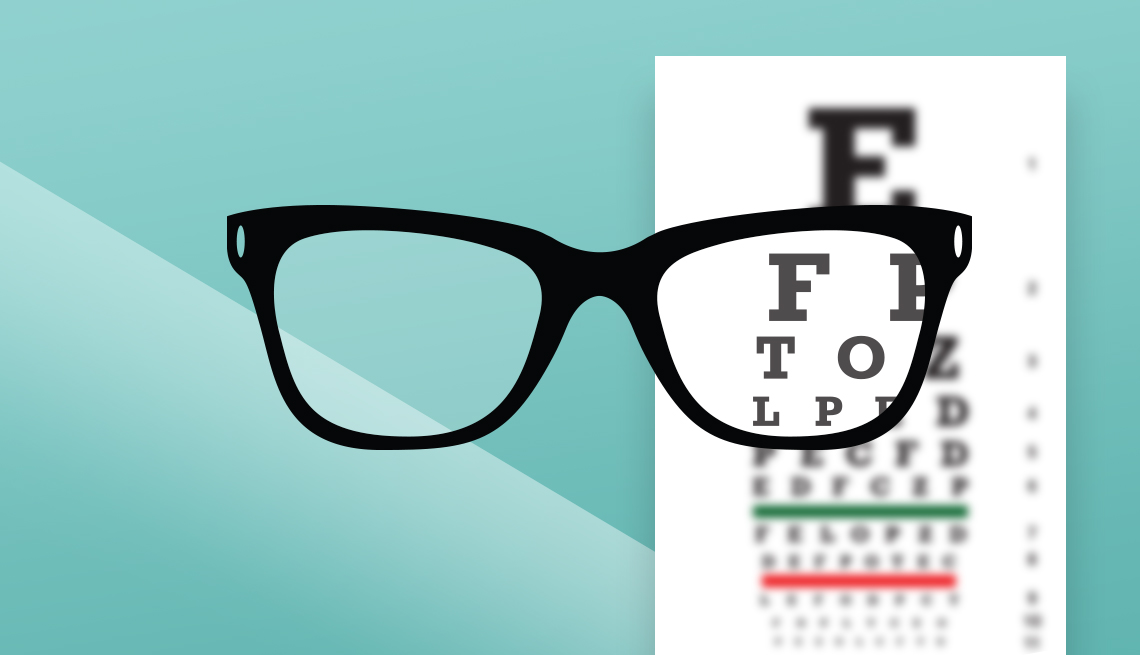Andalusia Eye Facility: Premier Services for Vision Modification
Andalusia Eye Facility: Premier Services for Vision Modification
Blog Article
The Pros and Cons of Various Refractive Surgical Treatments for Boosted Eyecare
LASIK Surgical Procedure
LASIK surgical treatment is a commonly executed refractive treatment that aims to deal with vision issues such as nearsightedness, farsightedness, and astigmatism. This surgical technique has obtained appeal as a result of its effectiveness in giving individuals with clearer vision and decreasing their reliance on glasses or call lenses. During the treatment, a slim flap is created on the cornea, and a laser is utilized to reshape the underlying tissue, remedying the refractive mistake. The flap is after that rearranged, enabling quick recovery and very little pain for the individual.
Among the primary advantages of LASIK surgical procedure is the quick enhancement in vision experienced by numerous patients. Many people observe a substantial improvement in their vision quickly after the procedure, with very little downtime required for recovery. Additionally, LASIK is known for its high success price and low occurrence of complications when carried out by proficient surgeons. Like any surgical procedure, LASIK also lugs some risks, consisting of dry eyes, glare, halos, and under or overcorrection of vision. It is vital for individuals thinking about LASIK surgery to go through a comprehensive evaluation by an eye treatment professional to identify if they appropriate candidates for the treatment.
PRK Treatment
The PRK procedure, also referred to as Photorefractive Keratectomy, is a kind of refractive surgical treatment that aims to remedy vision concerns similar to LASIK surgical procedure. Unlike LASIK, which involves producing a flap in the cornea, PRK works with the surface area layer of the cornea. During the PRK treatment, the outer layer of the cornea, called the epithelium, is eliminated to enable reshaping of the underlying corneal tissue with an excimer laser. This reshaping assists to remedy refractive mistakes such as nearsightedness, farsightedness, and astigmatism.
One of the benefits of PRK over LASIK is that it gets rid of the danger of flap-related complications since no flap is produced during the surgical procedure. Despite the longer recuperation duration, PRK can be an ideal option for individuals seeking vision improvement surgical treatment.
SMILE Surgical Procedure
A sophisticated refractive surgical procedure technique obtaining popularity in the area of ophthalmology is SMILE Surgical procedure. Small Cut Lenticule Extraction (SMILE) is a minimally invasive procedure that remedies vision by reshaping the cornea utilizing a femtosecond laser. Unlike standard LASIK surgical treatment, SMILE Surgery involves producing a small cut in the cornea to extract a lenticule, which results in much less disturbance to the corneal structure and possibly much faster recuperation times.
Among the primary benefits of visit homepage SMILE Surgical treatment is its capability to deal with nearsightedness (nearsightedness) and astigmatism with high accuracy, causing superb aesthetic end results for patients. The minimally invasive nature of the procedure additionally lowers the risk of complications such as completely dry eye syndrome, making it a beneficial choice for individuals looking for refractive surgical treatment.

LASEK Technique
Having actually checked out the advantages and factors to consider of SMILE Surgical procedure, another notable refractive surgery method worth analyzing is the LASEK Method. LASEK, which stands for Laser-Assisted Subepithelial Keratectomy, is a form of laser eye surgical procedure that aims to fix refractive errors such as myopia (nearsightedness), hyperopia (farsightedness), and astigmatism.
Unlike LASIK, LASEK does not involve producing a corneal flap. Instead, during a LASEK procedure, the surgeon uses a diluted alcohol service to loosen the slim external layer of the cornea, called the epithelium. This layer is after that gently relocated apart to enable the laser to reshape the underlying corneal tissue. As soon as the cornea has actually been reshaped to the preferred degree, the epithelial layer is rearranged.
Among the key advantages of LASEK click is that it can be ideal for people with thin corneas that might not be great prospects for LASIK. Additionally, LASEK commonly causes marginal post-operative discomfort and a quicker healing time compared to PRK. The visual recovery process with LASEK might be slightly longer than with LASIK.
Implantable Get In Touch With Lenses
Implantable Call Lenses provide a long-lasting vision modification solution for people looking for a choice to standard contact lenses or glasses. These lenses, additionally referred to as phakic intraocular lenses, are operatively inserted right into the eye to correct refractive errors such as nearsightedness (nearsightedness), hyperopia (farsightedness), and astigmatism. andalusia pediatrics. Unlike standard call lenses that sit on the surface of the eye, implantable contact lenses work within the eye itself, giving clear vision without the need for daily upkeep or removal
One of the vital advantages of implantable call lenses is their permanence. When inserted, they can remain in the eye forever, offering regular and secure vision improvement. Furthermore, these lenses can be an outstanding choice for individuals that are not good prospects for laser eye surgical treatment or that prefer a relatively easy to fix vision modification treatment.
Nonetheless, implantable call lenses do lug some risks, including the possibility for cataracts or raised eye stress. It is essential for individuals considering this option to speak with an eye care professional to establish if implantable call lenses are the appropriate selection for their certain demands and eye wellness.
Verdict
In verdict, each type of refractive surgery has its very own advantages and disadvantages. LASIK surgery is preferred for its fast recovery time, while PRK procedure may be helpful hints appropriate for clients with slim corneas.

Overall, SMILE Surgery presents an encouraging alternative for people looking to improve their vision with refractive surgery.
Report this page